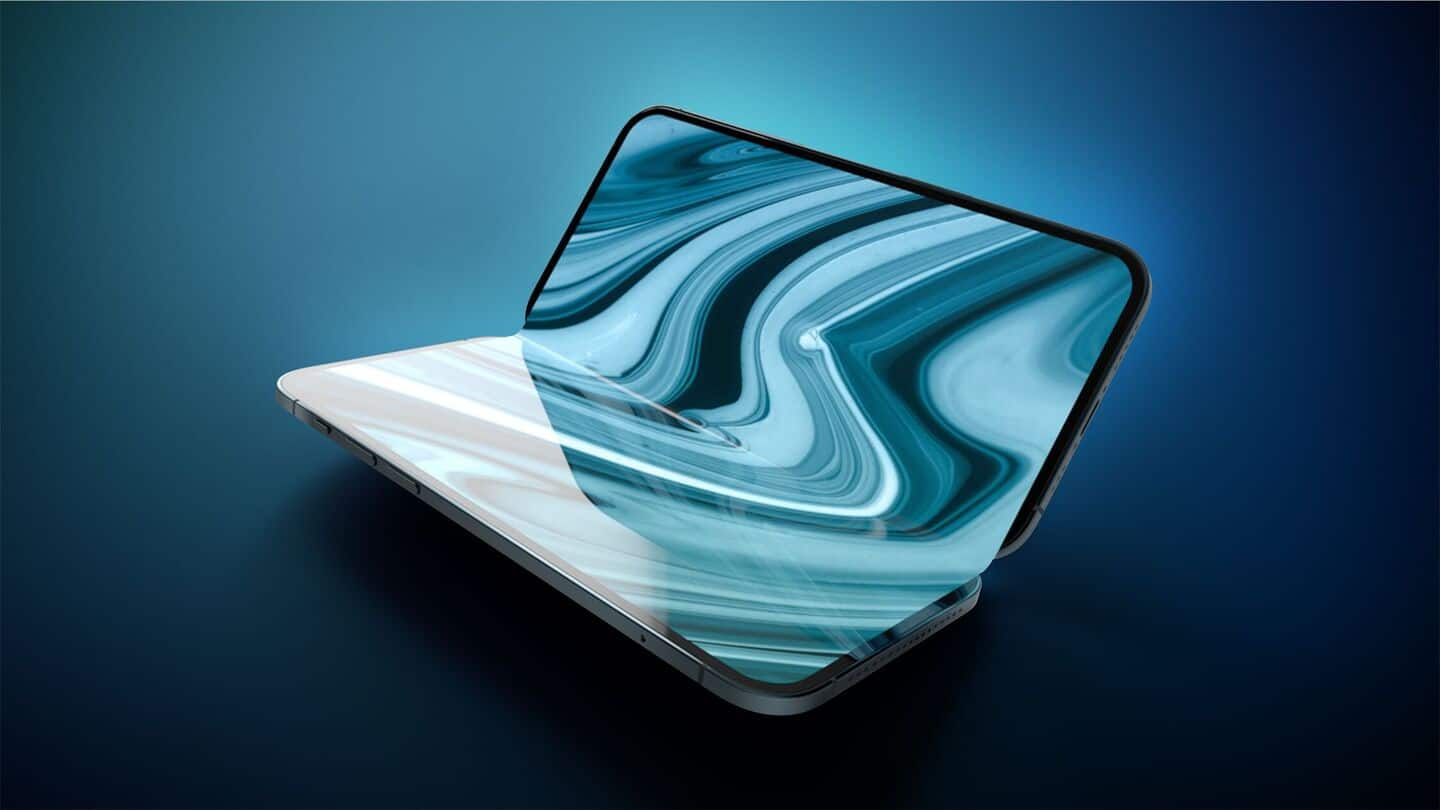
Apple's foldable iPhone to feature liquid metal hinge—What it is
What's the story
Apple is said to be using liquid metal technology in the hinge of its upcoming foldable iPhone, potentially called iPhone Fold.
The novel approach was first brought to attention by Ming-Chi Kuo, a prominent analyst.
A tipster on Weibo, who is known for covering Apple-related developments, has now claimed that the company is indeed designing this unique hinge with liquid metal.
The use of liquid metal offers a number of benefits, rigidity being the major one.
Hinge strength
Liquid metal: Game-changer for iPhone Fold's hinge?
Liquid metal refers to a class of materials known as amorphous metals that lack the regular, repeating crystalline structure found in traditional metals.
They are significantly stronger and harder than many conventional crystalline alloys, often exceeding the strength of titanium.
They can deform elastically to a greater extent than crystalline metals, meaning they can bend and return to their original shape without permanent deformation.
Amorphous metals also have high corrosion resistance and can achieve a very smooth and glossy finish.
Crease reduction
A solution to display crease?
The superior strength and hardness of amorphous metals could lead to a more robust and long-lasting hinge mechanism. This is crucial for a foldable device that will undergo repeated opening and closing. The hinge is a critical point of stress and failure in current foldable phones.
The unique elastic properties of amorphous metals might also allow for a hinge design that supports the flexible display in a way that minimizes the visible crease that is common on existing foldable screens.
Market positioning
iPhone Fold's launch and market competition
Apple is also said to be working with hardware suppliers to improve flexible OLED technology and eliminate creases from the screen.
Expected to hit the shelves in 2026, the foldable iPhone will go head-to-head with Samsung's Galaxy Z Fold8.
Analysts believe Apple's device could come with a price premium, maybe 20% more than Samsung's foldable.
The use of a liquid metal hinge could provide Apple's offering an edge in this competitive high-end segment.
Past usage
Apple's history with liquid metal
This isn't the first time Apple is using liquid metal. Back in 2010, the company had used this material to produce the SIM ejector tool for its iPhone and iPad devices.
This will be Apple's first major use of liquid metal in a core component of a device, which makes it an exciting development in their product design strategy.